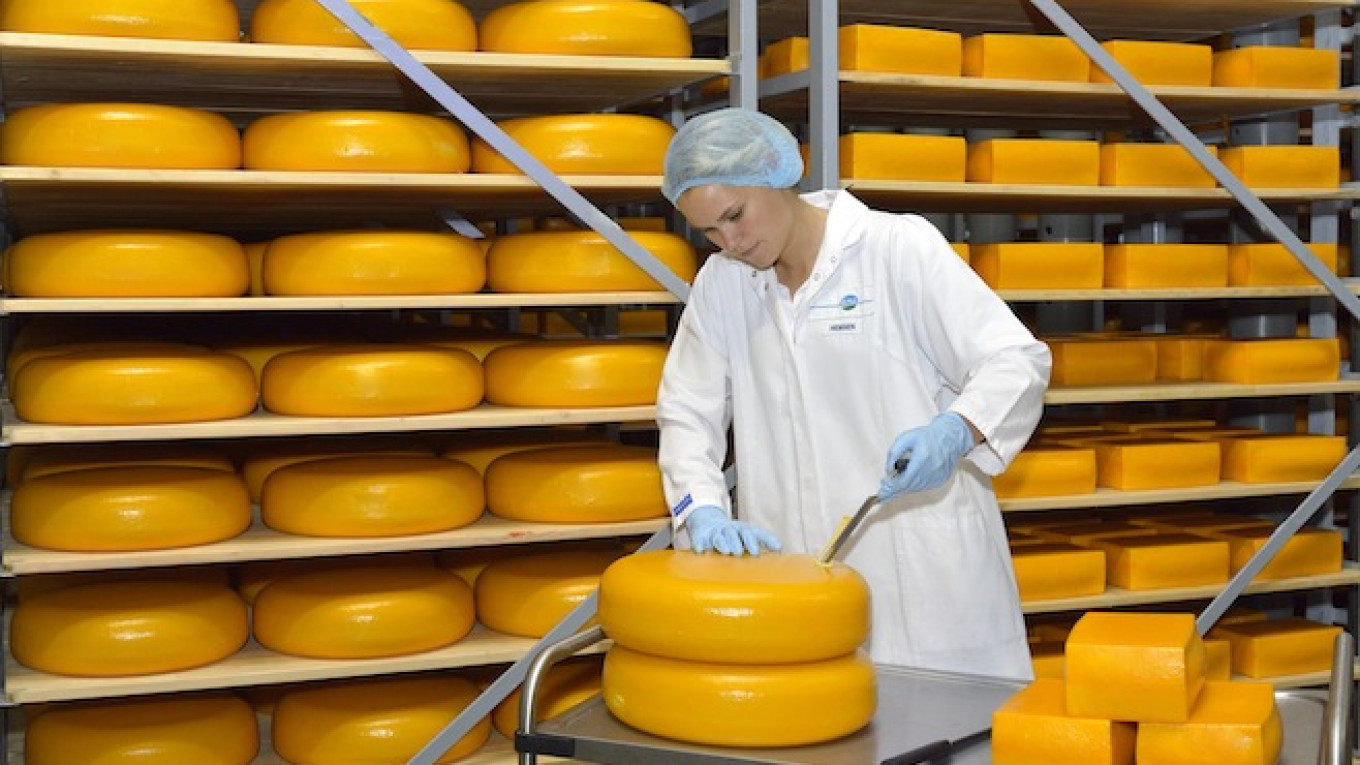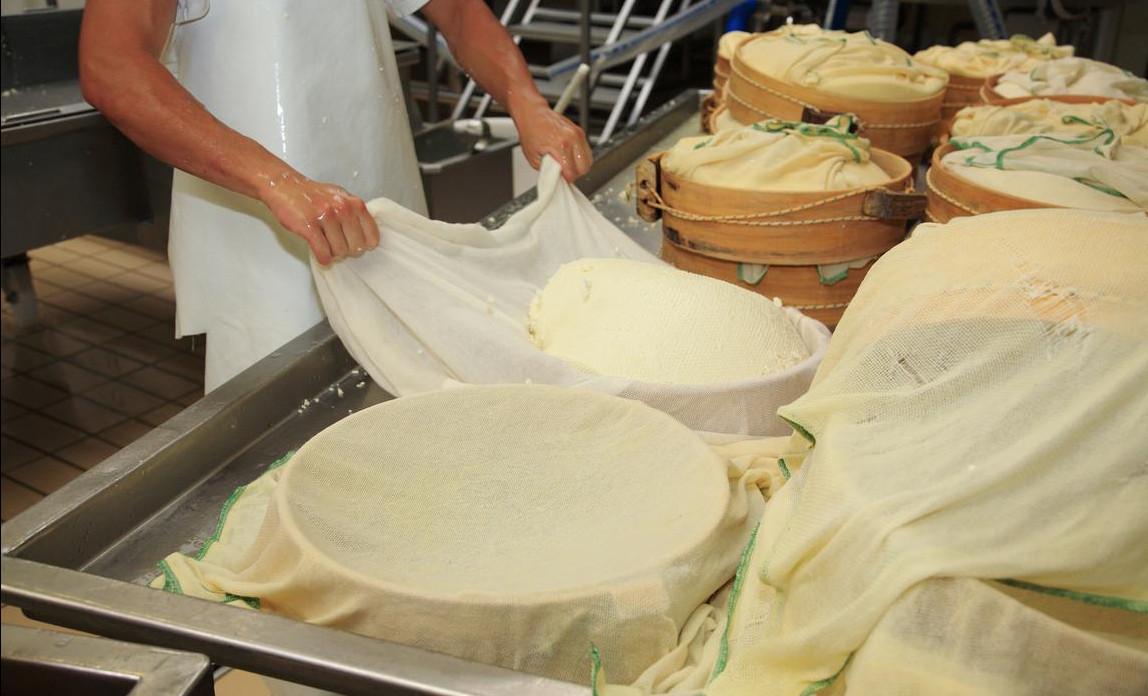Cheese Makers Melbourne: Crafting the Finest Cheeses In Your Area
Wiki Article
Understanding the Scientific Research Behind Cheese Manufacturing: From Milk Option to Last Item
The elaborate procedure of cheese manufacturing begins with the mindful choice of milk, an option that exceptionally affects the final item's flavor and texture. Comprehending the pivotal role of germs in fermentation discloses how these microorganisms transform lactose right into lactic acid, an essential component in creating the cheese's character. cheese shop melbourne.Milk Option Refine
The option of milk is an important action in the cheese manufacturing procedure, as it straight affects the taste, texture, and high quality of the end product. Numerous aspects should be considered during this choice, consisting of the source of the milk, the type of the animals, and their diet plan. Cow's milk, goat's milk, and lamb's milk each possess distinctive properties that add to the unique attributes of different cheese ranges.
Furthermore, the dietary content of the milk, affected by the pet's diet plan, can change celebrity's final features. Premium milk, sourced from healthy animals, ensures a remarkable cheese item, emphasizing the importance of stringent quality control measures in the milk selection procedure. Thus, mindful factor to consider in milk option is vital for effective cheese manufacturing.

Duty of Bacteria in Fermentation
Following the careful option of milk, the fermentation procedure plays an essential role in cheese manufacturing, where microorganisms are introduced to transform the milk right into cheese. The primary feature of these microorganisms is to transform lactose, the sugar existing in milk, right into lactic acid. This acidification not only changes the pH of the milk but also plays an essential duty in flavor development, structure, and conservation of the end product.Lactic acid bacteria (LAB), such as Lactococcus and Streptococcus types, are typically utilized in cheese manufacturing as a result of their capacity to prosper in milk and their contribution to the fermentation procedure. The metabolic activities of these germs cause the manufacturing of numerous metabolites, including taste substances and antimicrobial compounds, which prevent wasting microorganisms and pathogenic bacteria, therefore boosting cheese security.
Moreover, the fermentation process influences the general features of celebrity, including its fragrance, preference, and texture. Different stress of bacteria can give unique tastes and add to the distinct accounts of numerous cheese types. Thus, the choice of microbial societies is a crucial action in achieving the preferred cheese high quality and consistency.
Coagulation and Curd Development
In celebrity manufacturing process, coagulation marks a critical change from liquid milk to strong curds. This transformation is largely induced by the addition of rennet, an enzyme that acts on casein, the major healthy protein in milk. When rennet is introduced, it helps with the aggregation of casein molecules, resulting in the formation of a gel-like framework. This procedure is frequently enhanced by the acidic setting created by lactic acid germs, which even more aids in coagulation by reducing the pH of the milk.The resulting curds are formed as the fluid whey starts to divide. Variables such as temperature level, the quantity of rennet utilized, and the moment enabled for coagulation are vital read review in determining the structure and high quality of the curds. For example, higher temperatures and longer coagulation times commonly produce stronger curds, ideal for harder cheeses. cheese store melbourne.
Once curds are developed, they are cut into smaller sized pieces, permitting whey to run away a lot more effectively. This action is vital, as it affects the wetness web content and general qualities of the last cheese item. Correct administration of coagulation and curd formation is essential for accomplishing particular cheese styles and wanted flavor profiles.
Aging and Taste Development
After the curd has been formed and whey has actually been drained, the following stage in cheese production is aging, likewise understood as maturation. This crucial procedure substantially affects the cheese's last taste, structure, and fragrance. During aging, various biochemical and microbiological changes happen, affecting the total sensory profile.The aging setting, consisting of temperature and moisture, plays an important role in taste growth. Enzymes and bacteria existing in celebrity promote the breakdown of healthy proteins and fats right into smaller particles, causing the development of amino acids, fats, and volatile substances. These transformations add to the complexity of flavor and aroma, home with distinct accounts emerging based upon the particular cheese selection.
Furthermore, the duration of aging is crucial; shorter aging periods generally yield milder flavors, while longer maturation lead to more robust and nuanced accounts. Variables such as the milk resource, cheese type, and details aging methods better enhance the variety of flavors created. Ultimately, aging is a delicate equilibrium of time, environmental conditions, and microbial activity, culminating in the one-of-a-kind features that specify each cheese variety.
Quality Assurance in Cheese Manufacturing
Ensuring high standards throughout celebrity production procedure is vital for delivering a quality product that meets consumer expectations - cheese for sale online. Quality assurance (QC) incorporates different stages, beginning from raw milk choice to the last aging procedure. Each phase calls for careful attention to information to avoid contamination and make sure uniformityDuring milk choice, manufacturers should analyze factors such as fat material, pH levels, and microbial top quality. Normal testing for somatic cell matters and bacterial lots is critical to ensure the milk's suitability for cheese making. In the manufacturing phase, QC procedures include checking the temperature, level of acidity, and rennet activity, which significantly influence appearance and taste.
As cheese develops, constant sensory evaluations and research laboratory evaluations are carried out to evaluate taste development, structure, and overall high quality. Any discrepancies from developed requirements require restorative actions to keep item integrity.
Additionally, documentation and traceability are vital elements of effective quality control, enabling manufacturers to track the cheese from farm to consumer. By executing durable QC read the full info here procedures, cheese producers can not only boost product quality but additionally construct customer depend on, guaranteeing their location in a competitive market.

Final Thought
To conclude, the science of cheese production includes several essential stages, each significantly affecting the last product. The mindful choice of milk, the important duty of bacteria in fermentation, the change of liquid milk right into curds through coagulation, and the aging procedure collectively add to the growth of distinct tastes and appearances. Moreover, stringent quality control gauges ensure that each cheese range fulfills well established requirements, thereby improving customer satisfaction and maintaining the honesty of the cheese-making practice.Report this wiki page